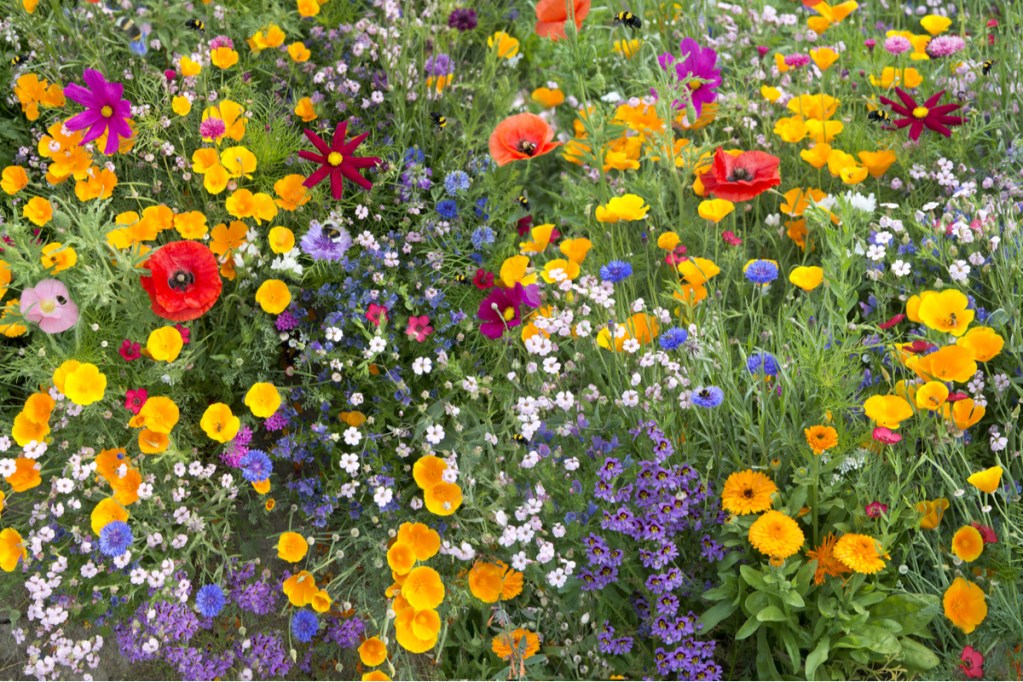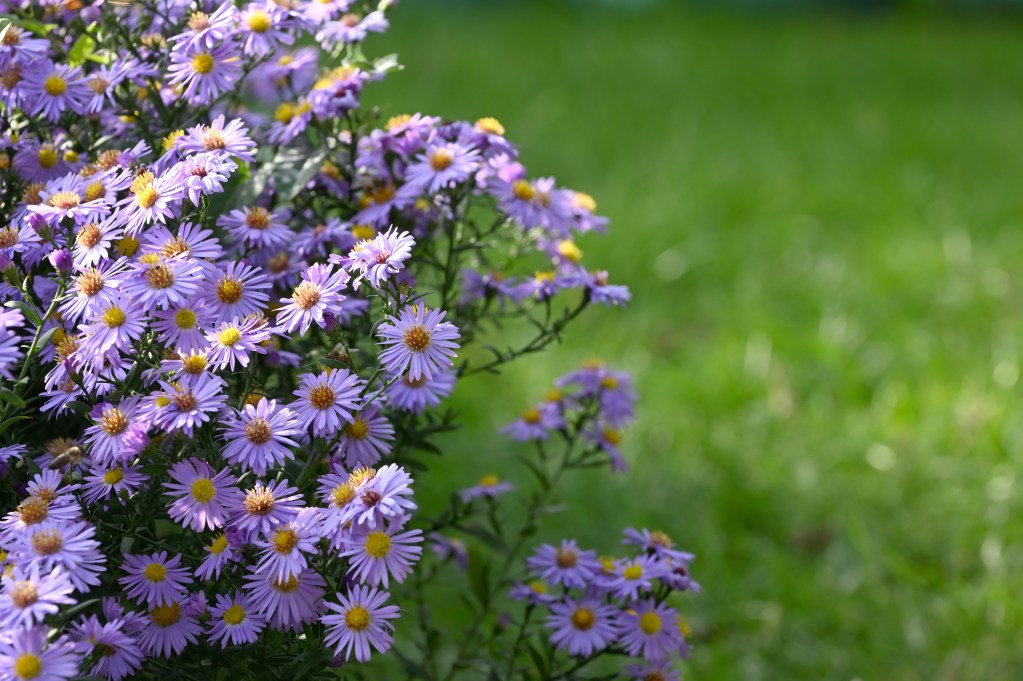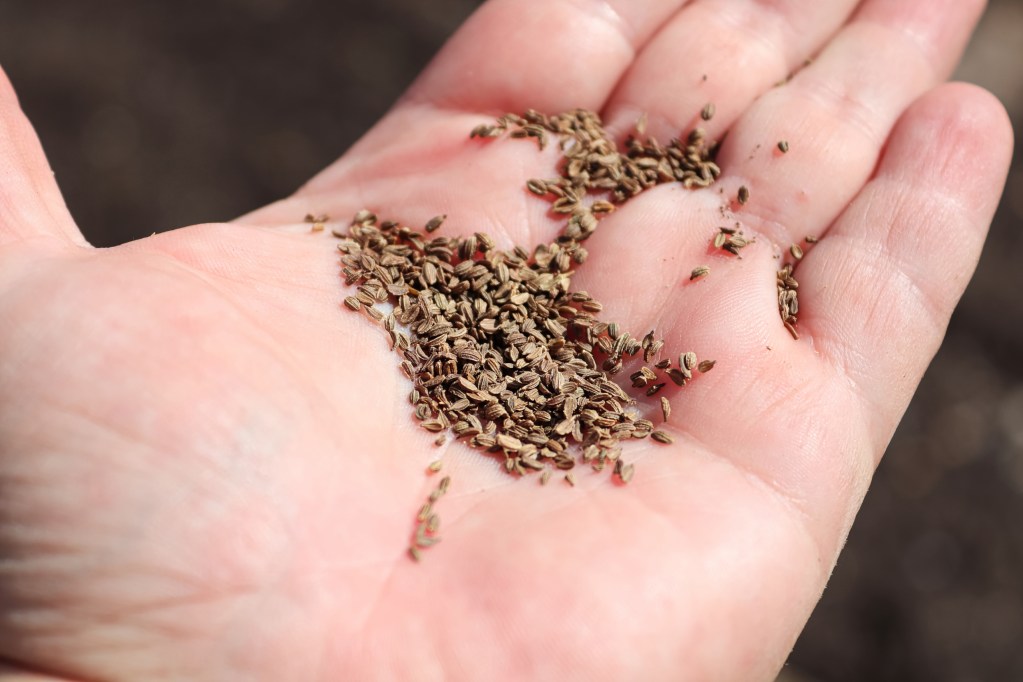
One of TikTok’s latest gardening trends, chaos gardening is exactly what it sounds like: It’s a low-maintenance approach to gardening that requires little planning and upkeep. With chaos gardening, you’ll be using leftover seeds, picking out easy-going native plants, and being OK with some plants simply not working out. Think of it as survival of the fittest — whatever sticks will stick. There’s no need to excessively plan out your spacing and consistently prune. Still, there’s a method to the madness, since you want to keep your garden resilient against pests and diseases. If you’re starting your very own chaos garden, here’s what you need to know.
What you need to know about chaos gardening

Chaos gardening can be incredibly liberating for someone who’s constantly worried about not having enough time to knock out plant chores or space to arrange plants precisely. You’re basically taking an anything-goes approach to gardening, rolling with the punches as they come. That said, being mindful of just a few simple factors can make a huge difference.
Considerations for chaos gardening
- Paying attention to lighting. Some plants will thrive in partial shade, while others simply won’t grow at all. Consider your garden location and research which plants can thrive in your available lighting conditions. (Some seed mixes will even indicate if they’re good for shady or sunny locations.)
- Using rich soil fortified with compost. While it’s true that some plants can thrive in poor soil, fortifying your soil with compost will keep your plants strong and healthy.
- Taking advantage of companion planting. You can simply toss seeds out in the open, but it could be helpful to look into which plants are compatible with each other. You might also want to look into which plants are incompatible with each other. For example, most nightshade plants (think peppers, tomatoes, and potatoes) shouldn’t grow together because they can infect each other with blight.
- Be mindful of city or HOA regulations. Some areas may have regulations on how tall you can grow your shrubs and grasses.
- Learning as you grow. Even with a few precautions in mind, chaos gardening is all about embracing the unknown. If you find that some plant combinations turn out to be more pest prone than others, address the issue by pruning and treating affected plants, and then move on with your gardening endeavors.
The best plants for starting a chaos garden this spring

When it comes to the best plants for a chaos garden, you really can’t go wrong with ready-to-go seed mixes. Many chaos gardeners on TikTok love using dollar store seed mixes, such as those for microgreens, wildflowers, and pollinator-friendly plants. You can also look into your existing stash of seeds and go from there. Along with seeds, incorporate full-sized plants as you see fit — you can’t go wrong with native plants and perennials for low-maintenance gardening. Consider obtaining cuttings from fellow gardeners in your area, too.
If you’re looking for an easy, stress-free way to start a vibrant spring garden, consider chaos gardening. Let nature do its thing and embrace the ups and downs of gardening. This way, you’ll learn what works for your space and what doesn’t — through this learning process, you’ll hopefully cultivate a beautiful garden in due time.
Editors' Recommendations
- How to plant morning glories for a stunning display in your garden
- Does vinegar kill weeds? How to use your favorite household cleaning product in your garden
- What herbs can be planted together? How to plan your herb garden
- What’s a French drain? A fantastic way to rid your garden of excess water
- Incorporate the hortifuturism trend into your space for an out-of-this-world garden



